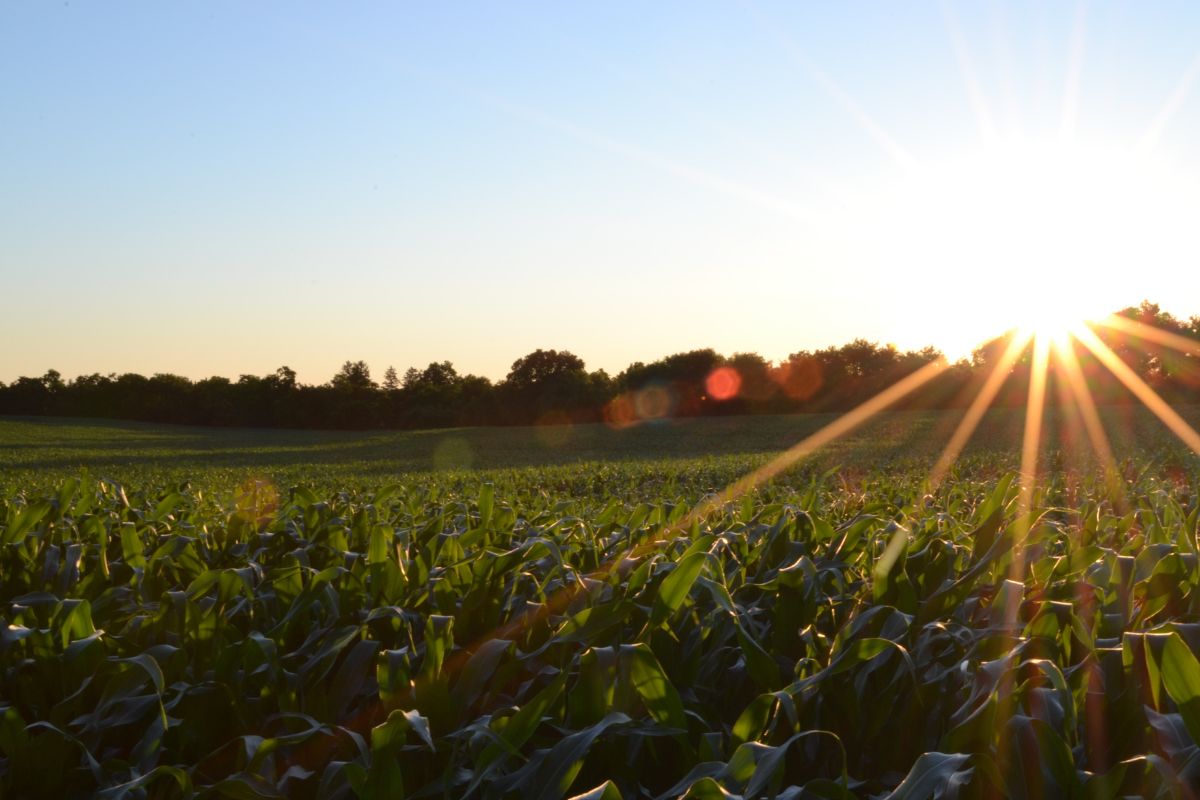There are many factors to consider when choosing where to install an array of solar panels. The land should be appropriate for construction, close to an electrical transmission circuit and located in areas without sensitive habitat, to name a few. Farmland often meets these criteria. Using agricultural land to generate solar power offers benefits to landowners and their communities as well as the energy provider, like rural economic development and soil health improvement.
Working with landowners
From site selection, to construction, to eventual decommissioning, it’s important to keep landowners in mind every step of the way. This ensures the project benefits them and their community. Utility companies look to partner with landowners who voluntarily choose to lease their property as a way to diversify the profit from their farmland. A solar site secures steady income for years.
Economic development in rural communities
Hiring local labor for construction helps create jobs in rural areas. Once a solar project is up and running, it can attract new businesses seeking to achieve sustainability goals and benefit from cost-effective clean energy sources.
Expanses of farmland can also accommodate larger solar projects that are more efficient and cost-effective. This helps keep energy affordable.
Good neighbors
Solar projects make good neighbors. They’re low maintenance and almost completely noiseless. They don’t need much water to operate, preserving valuable resources for farming and other essential needs. And they don’t increase runoff. Alliant Energy’s 12 solar projects in Wisconsin constitute less than 0.001% of the state’s agricultural-zoned land, and the Duane Arnold Solar Project in Iowa represents less than 1% of Linn County's farmland.
Supporting the environment and soil health
Solar projects play a part in supporting biodiversity. We plant native grasses and wildflowers on the land. This improves soil and water quality, and creates habitats for bees, butterflies and other pollinators. These little creatures do wonders for local ecosystems and nearby farms, increasing agriculture productivity.
We’re committed to returning land in great shape after a solar project’s lifespan. We create decommissioning plans to help landowners decide how to use their land next, for farming, as pollinator habitat or other options. We responsibly recycle all equipment at the end of a lease.
Solar projects on agricultural land are a win all around for farmers, customers and the land. By taking a thoughtful and balanced approach, renewable energy and agriculture can thrive together. To learn more about solar, check out these articles.

How solar and farmland work together
Khadijah Rashid
External Communications Intern
Published on August 10, 2023
Recent Stories
Alliant Energy VIP Dawn Dray shines a light on mental health
Dawn Dray's dedication to helping others extends far beyond her job.
Read More
Mentorship program helps prepare the next generation of dairy farmers
PDP makes advancements in the dairy farming field and supports its members through professional development, stakeholder engagement and a unified presentation of the industry to the public.
Read More
Changing seasons: Tune your building for Spring
To optimize savings and comfort, you must regularly recalibrate sensors and controls to match changing weather and operating conditions.
Read More
